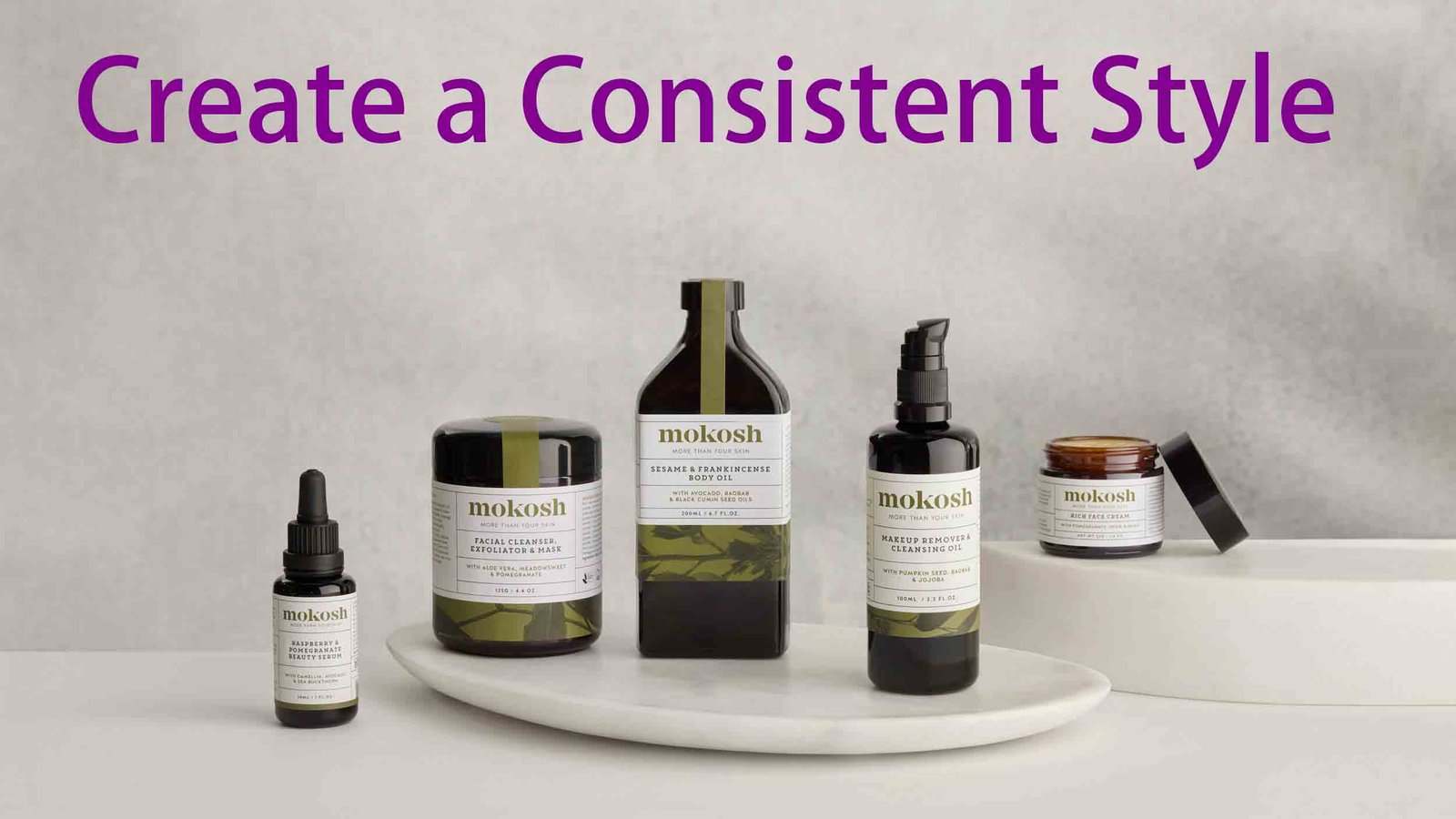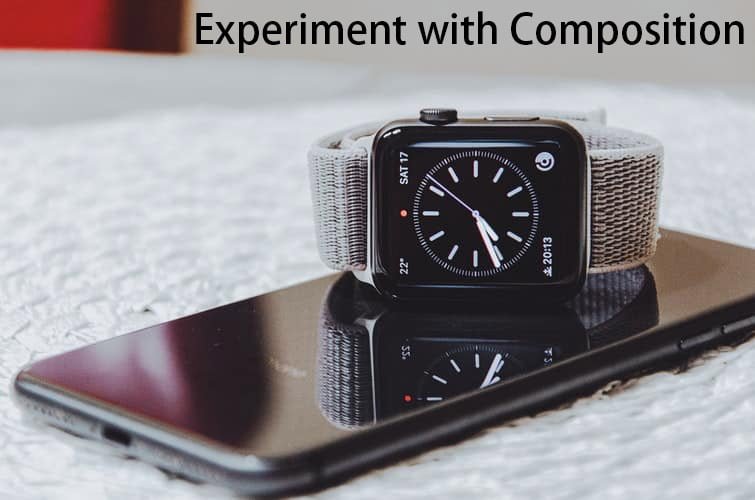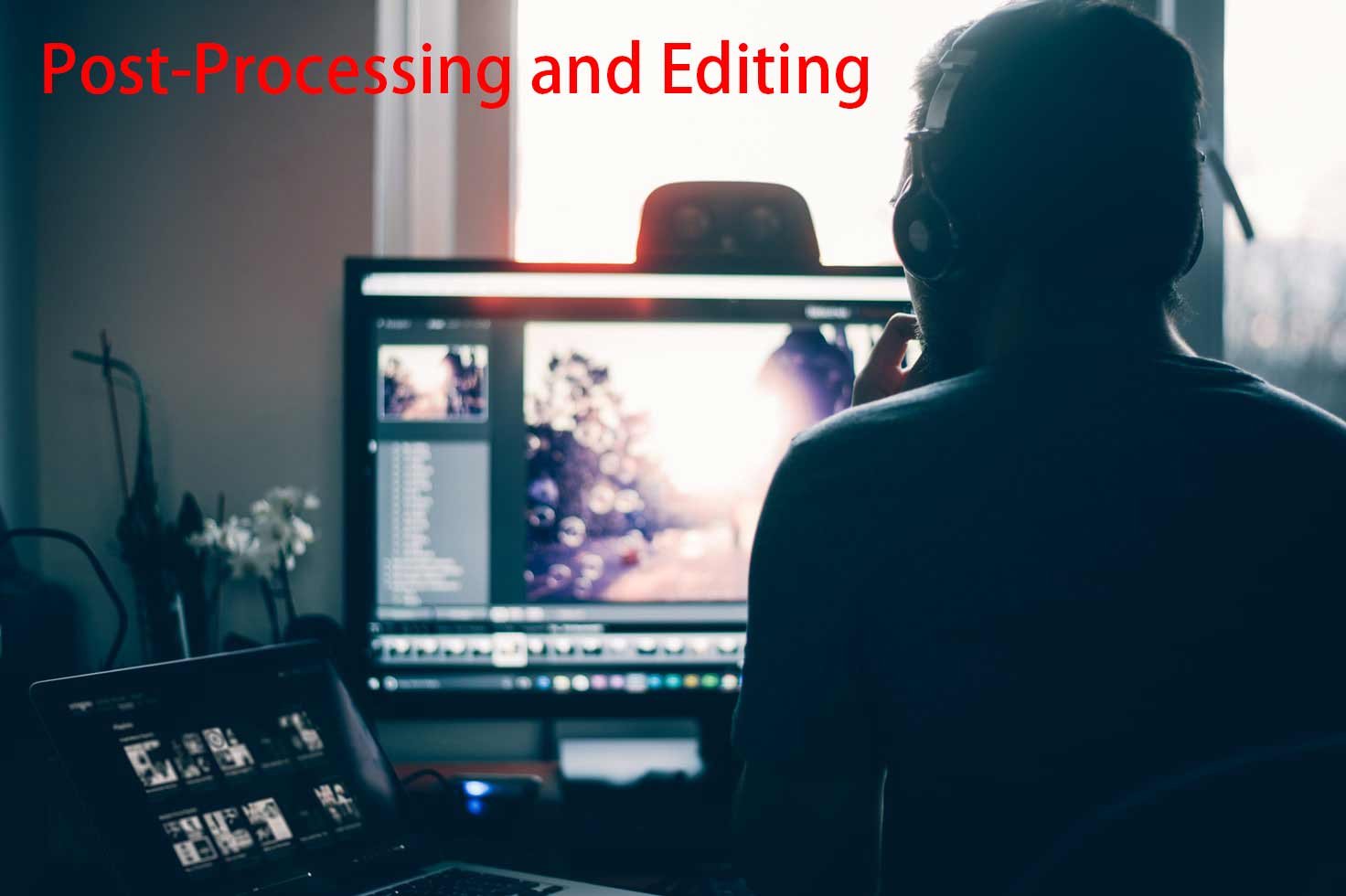Seven Strategic Ways to Good at Product Photography for Photographers
In today’s visually-driven digital world, product photography plays a vital role in capturing attention, driving sales, and creating a memorable brand identity. Whether you’re a budding entrepreneur or an established business owner, knowing how to capture high-quality images of your products is a must.

In this blog post, GimpPhotoshop will explore seven strategic ways to good at the art of product photography and showcase your product in the best possible light.
Plan Your Shoot
Before diving into product photography, it’s important to plan your shoot meticulously. Consider factors like the purpose of the photos (e-commerce, social media, print media), your target audience, the product’s unique selling points, and the overall style you want to achieve. Create a shot list and gather the necessary props, backgrounds, and lighting equipment accordingly.

Understand Lighting Techniques
Lighting can make or break your product photos. Experiment with different lighting setups such as natural light, studio lighting, or a combination of both. Soft, diffused light works well for most products, reducing harsh shadows and creating a pleasing aesthetic. Use reflectors and diffusers to control light intensity and direction, ensuring your products are well-illuminated from various angles.

Showcase Product Details
One of the primary goals of product photography is to highlight the unique features and details of your product. Capture close-up shots that clearly depict textures, colors, and intricate designs. Utilize macro lenses to bring out the finer elements that might go unnoticed otherwise. Showcasing these details will enhance the perceived value of your products and increase customer trust.

Create a Consistent Style
Consistency is key when building a recognizable brand identity. Establish a cohesive style for your product photography that aligns with your brand’s personality and target audience. Consistency in backgrounds, lighting, props, and editing techniques will make your product images instantly recognizable and help forge a strong brand presence.

Experiment with Composition
Don’t be afraid to get creative with your composition. Experiment with different angles, perspectives, and layouts to add visual interest to your product photos. Consider the rule of thirds, leading lines, and negative space to create balanced and captivating compositions. Remember, a well-composed image can evoke emotions and make your products more appealing to potential buyers.

Tell a Story
Great product photography goes beyond just showcasing the physical attributes of your items. It tells a story and creates a connection with the viewer. Incorporate lifestyle elements, contextual props, or models to convey the product’s benefits and how it fits into the customer’s life. By creating a narrative, you can evoke emotions and inspire your audience to envision themselves using or owning your products.

Post-Processing and Editing
Post-processing plays a vital role in perfecting your product images. Use professional photo editing software like adobe photoshop, Adobe Lightroom to enhance colors, adjust exposure, remove imperfections, and fine-tune the overall look. GimpPhotoshop Is here to help on this post processing and editing service. Remember to maintain a balance between making your products look appealing and representing them accurately. Consistency in editing style across your product catalog will further reinforce your brand’s identity.

Last Words
Mastering product photography is an essential skill for any business looking to succeed in today’s visual-driven marketplace. By implementing these seven strategic approaches, you can create stunning images that captivate your audience, showcase your products effectively, and elevate your brand’s visual presence. Remember to plan your shoot, understand lighting techniques, highlight product details, create a consistent style, experiment with composition, tell a story, and invest time in post-processing with GimpPhotoshop. With practice and perseverance, you’ll be well on your way to becoming a product photography pro.

